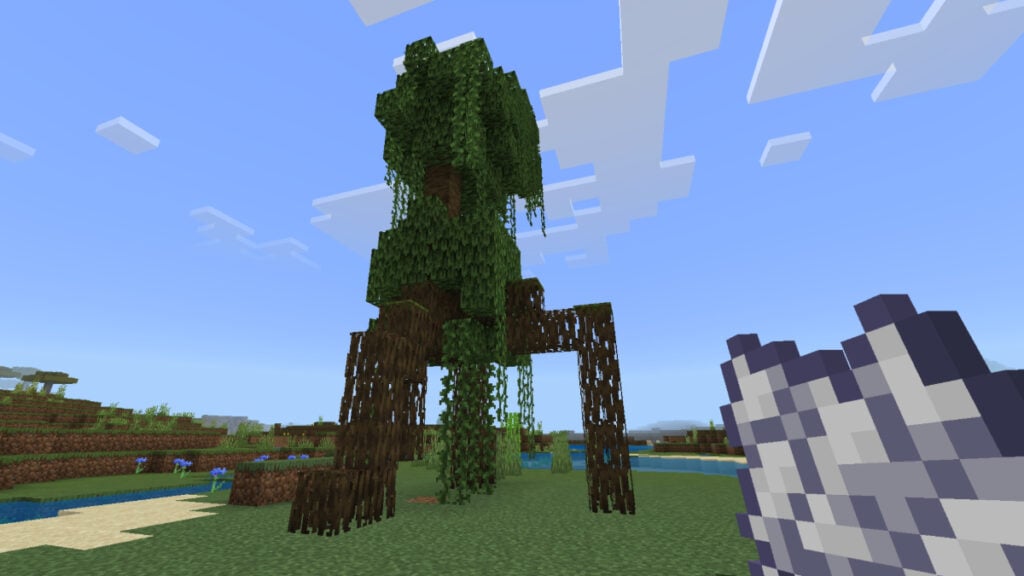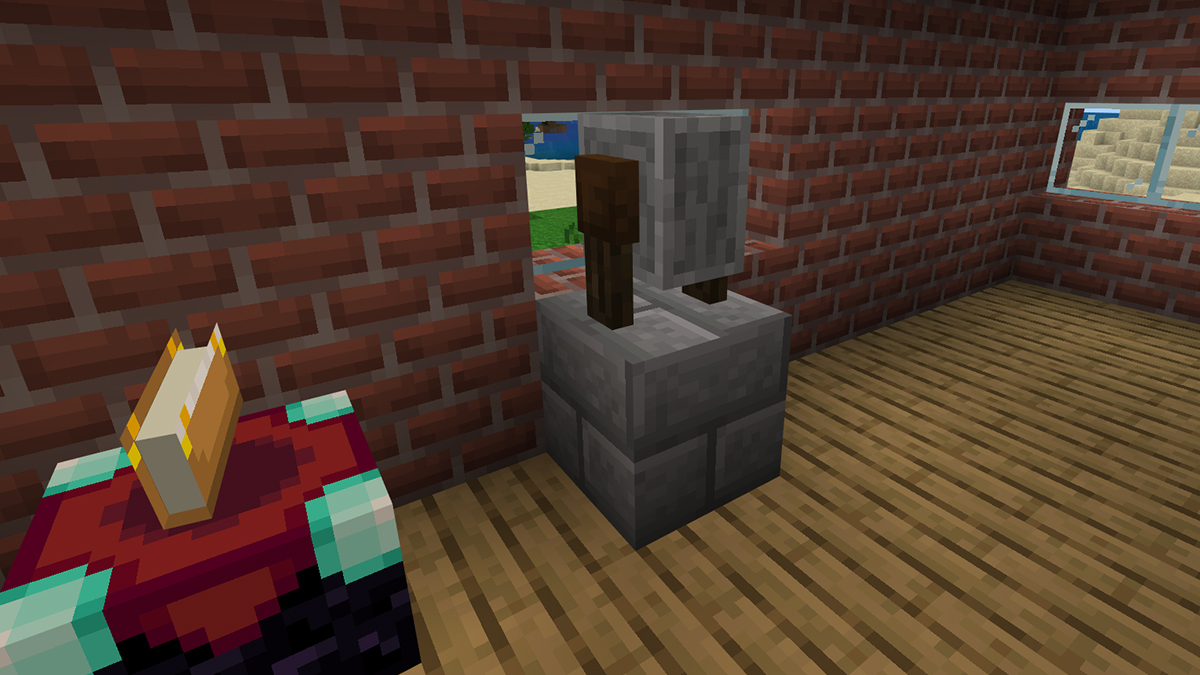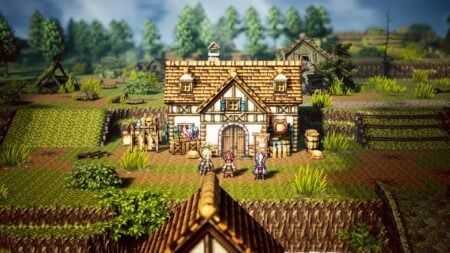Mangrove Swamps are home to one of Minecraft‘s most varied and interesting ecosystems, including a variety of unique trees. The Mangrove Trees located here are unlike any other species seen before. They have massive, twisted roots that may grow from a propagule instead of a sapling. Mangrove Swamps also include a lot of muck, a block type that causes crafters to sink somewhat when moving. Whether you’re an expert arborist or have a fresh green thumb, it pays to know how to grow Mangrove Trees in Minecraft. May your mighty forest flourish.
Growing Mangrove Trees in Minecraft
(Updated on December 27, 2024 – updated images, links, and format)

Mangrove trees only grow in the Mangrove Swamp habitat. Propagules, which hang from Mangrove Tree leaves, grow into these trees. Propagules are the mangrove’s equivalent of saplings. Still, even if you destroy the leaves, propagules won’t drop, however. They develop on the trees. Here’s what you need to do to grow your own Mangrove Trees in Minecraft:
- Harvest a propagule
- Plant a propagule on land or underwater to grow it
- Wait for enough time to pass for roots to develop
- Alternatively, use Bone Meal on the propagule for instant growth
When the propagule is grown, it will develop Mangrove Roots as well as Mangrove Logs. After cutting down Mangrove Trees, you’ll gain Mangrove Wood. This wood has a red tinge to it that will lend a colorful flare to all your construction projects. You can also use this wood to make all the standard blocks. Just remember that, unlike most other biomes, Mangrove Swamps are largely full of muck instead of soil. It can be worth snagging some mud to make mud bricks and spruce up your dirt houses, but be careful where you step. Otherwise, you might have a sinking feeling for more reasons than one.







